Although it’s easy to overlook them, insects are some of the most important animals on the entire planet. Without their presence, countless ecosystems would collapse, biodiversity would plummet, and food shortages would skyrocket. Luckily for us, insects aren’t going anywhere anytime soon.
Insects: A Brief Overview
All insects belong to the subphylum Hexapoda, which is the largest subphylum under the Arthropoda phylum. Hexapoda is characterized by several features, some of which are the presence of a segmented body, a chitinous exoskeleton, and three pairs of legs. Although it’s easy to get confused, spiders, scorpions, millipedes, and centipedes are not actually insects. They belong to other subphylum under the Arthropoda umbrella, Myriapoda and Chelicerata. Within Hexapoda, there are 30 insect orders, and roughly one million species. Let’s explore ten lesser-known facts about insects that are sure to blow your mind!
1. About 80% Of All Animals on Earth Are Insects
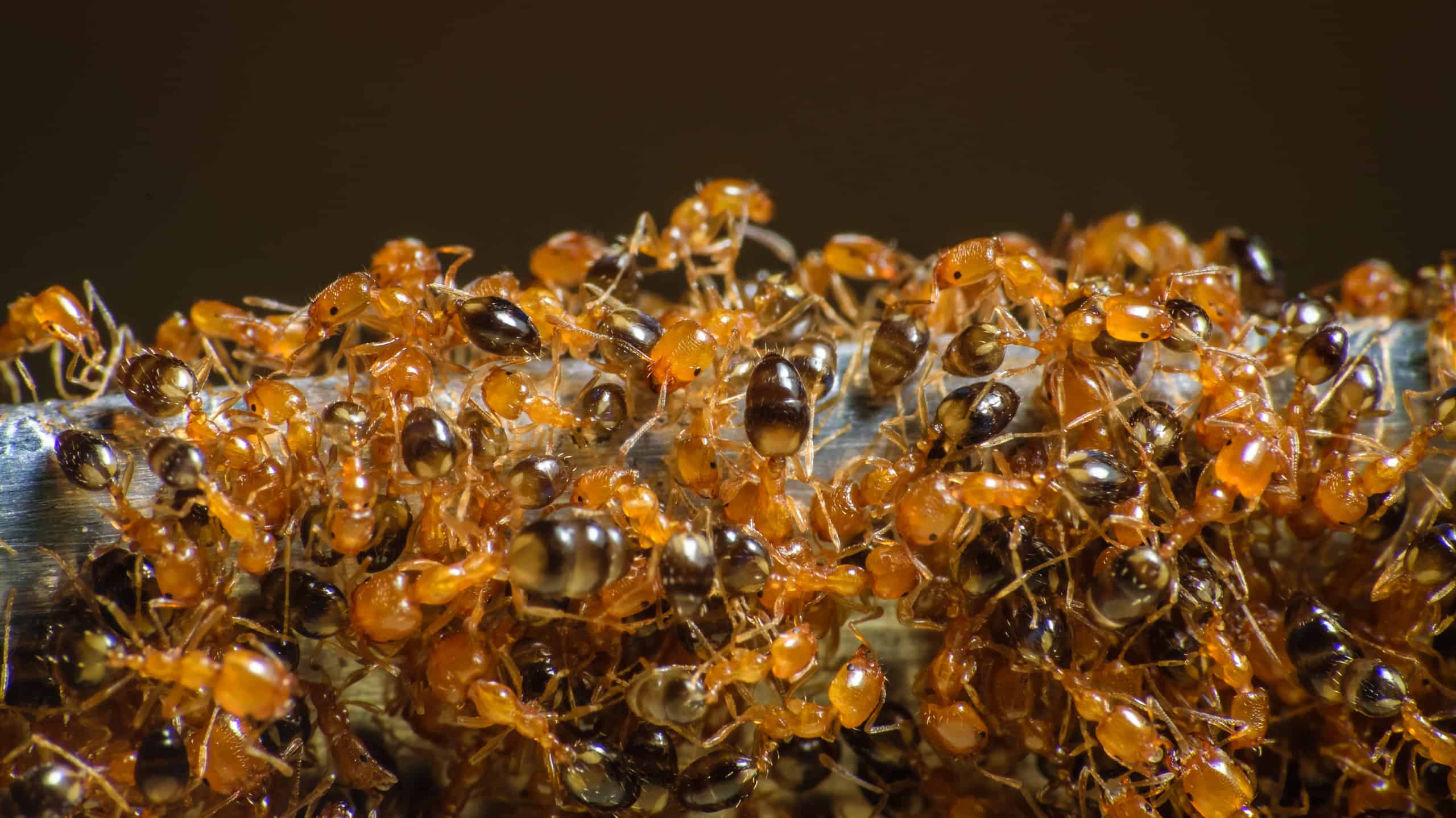
For each person on Earth, there are roughly 1.4 billion insects.
©Suman_Ghosh/Shutterstock.com
Although some of you may be aware of this fact already, it’s always good to remind everyone that mankind is greatly outnumbered by insects. The exact number of insects on Earth is difficult to pinpoint, but according to the Entomological Society of America, it’s safe to say that there are over 10 quintillion (10,000,000,000,000,000,000).
2. Insect Zombies are Real
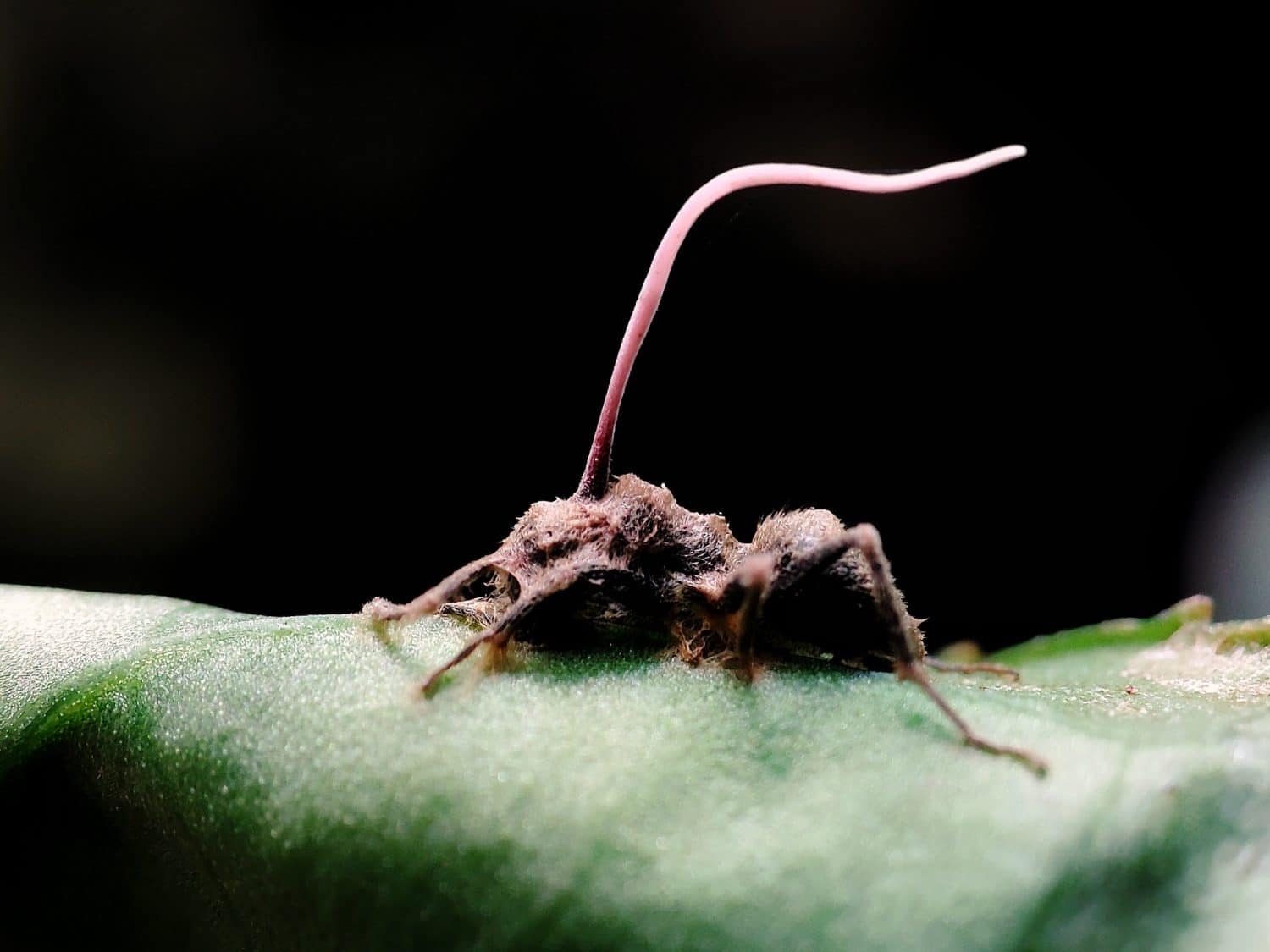
Although this fungus is 100% lethal to those it infects, only a few ants will be infected at a time.
©Jojo dexter/Shutterstock.com
Yes, you read that right. As frightening as it is, insect zombies do exist! A fungus called Ophiocordyceps unilateralis, more commonly referred to as cordyceps, seeks out ants as their primary host. However, unlike the typical zombie virus we see in movies, cordyceps seeks to control the muscles instead of the brain. After initial infection, it compels the insect to climb to a position as high as possible so that they can spread their spores throughout a wide range.
3. In Some Countries, Beetle Fighting Is a Popular Sport
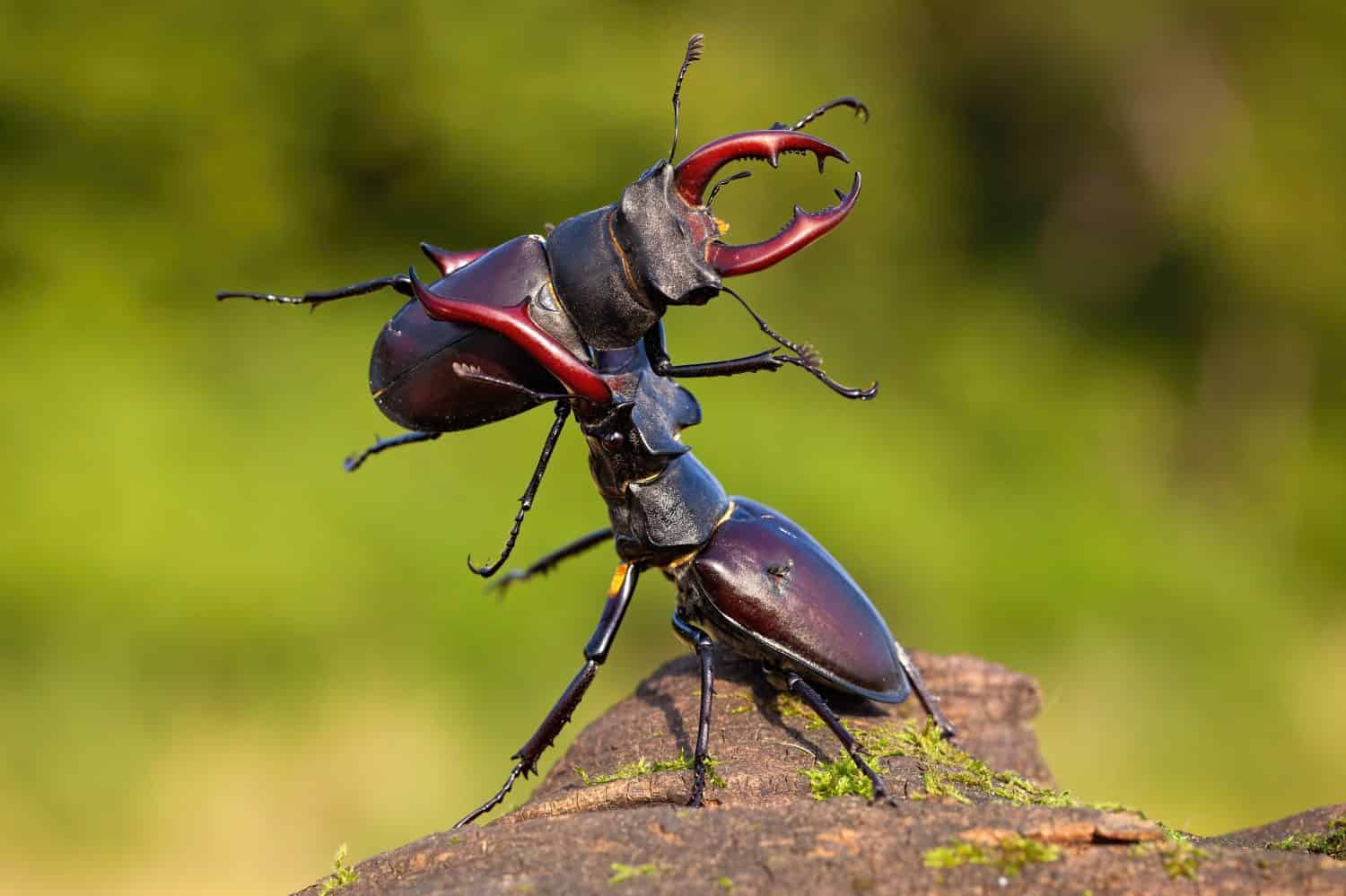
The culture around beetle fighting is huge, and placing bets on the winner is not uncommon.
©WildMedia/Shutterstock.com
You may have heard of bullfighting before, but insect fighting is a popular pastime in many countries as well. Countries like Vietnam, Thailand, China, and Japan all participate in some form of insect fighting, although the exact type varies from country to country. For example, in Thailand, rhinoceros beetle fighting is very popular, and many individuals even raise their own beetles to participate in this sport. However, the ethicality of this has been called into question throughout history, and the practice is considered somewhat controversial.
4. Butterflies Drink Tears
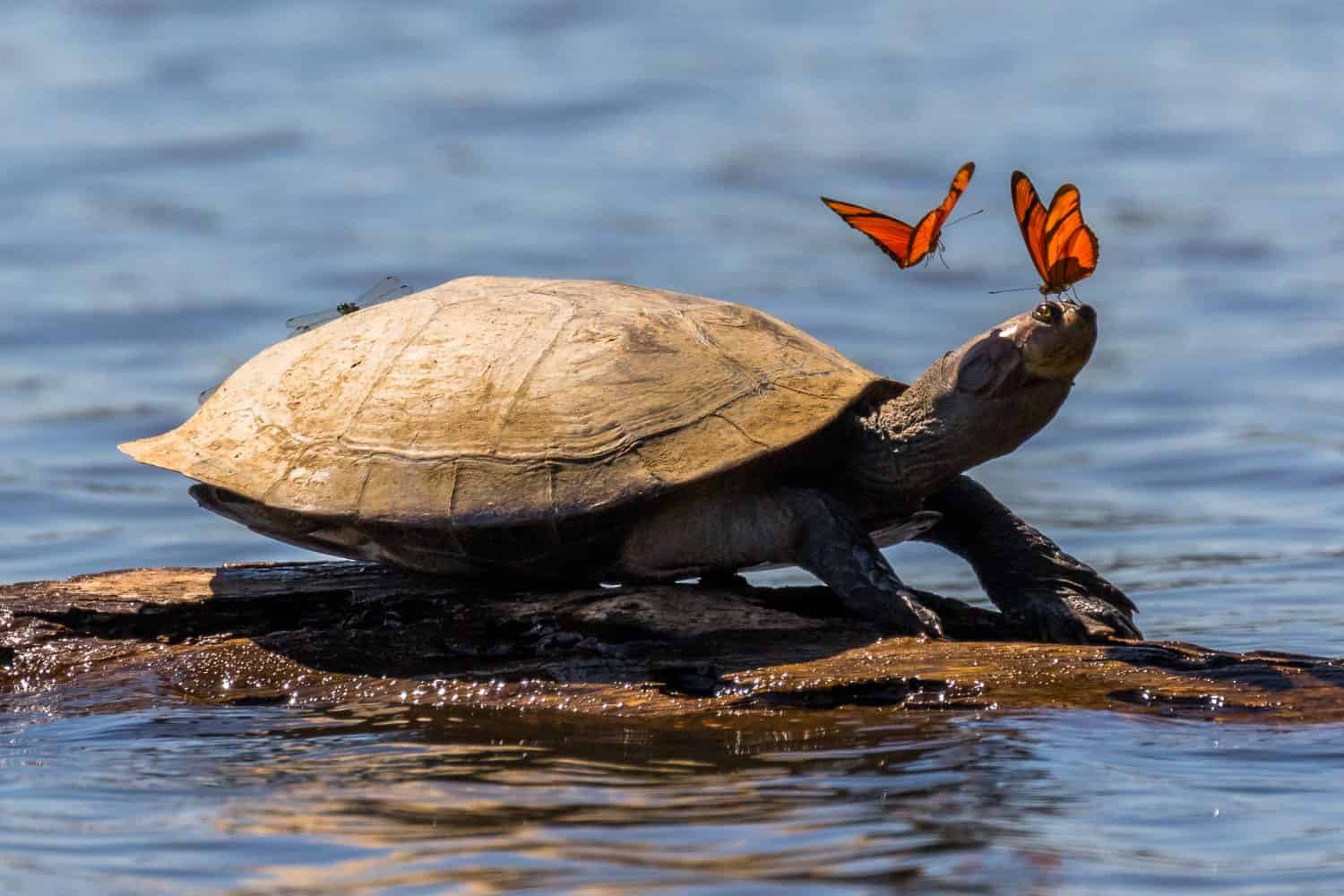
Drinking tears is called lachryphagy, and it is beneficial for the
butterfly
and the turtle.
©bchyla/Shutterstock.com
Although butterflies are often associated with innocence and freedom, the Julia butterfly spends its time drinking tears! Although this might sound hardcore, the reason behind this behavior is very practical. The tears of turtles contain vital minerals that the butterflies need in order to produce their eggs. This behavior is not exclusive to Julia butterflies, some species of moths and bees participate as well.
5. Some Insects Only Live for a Few Minutes
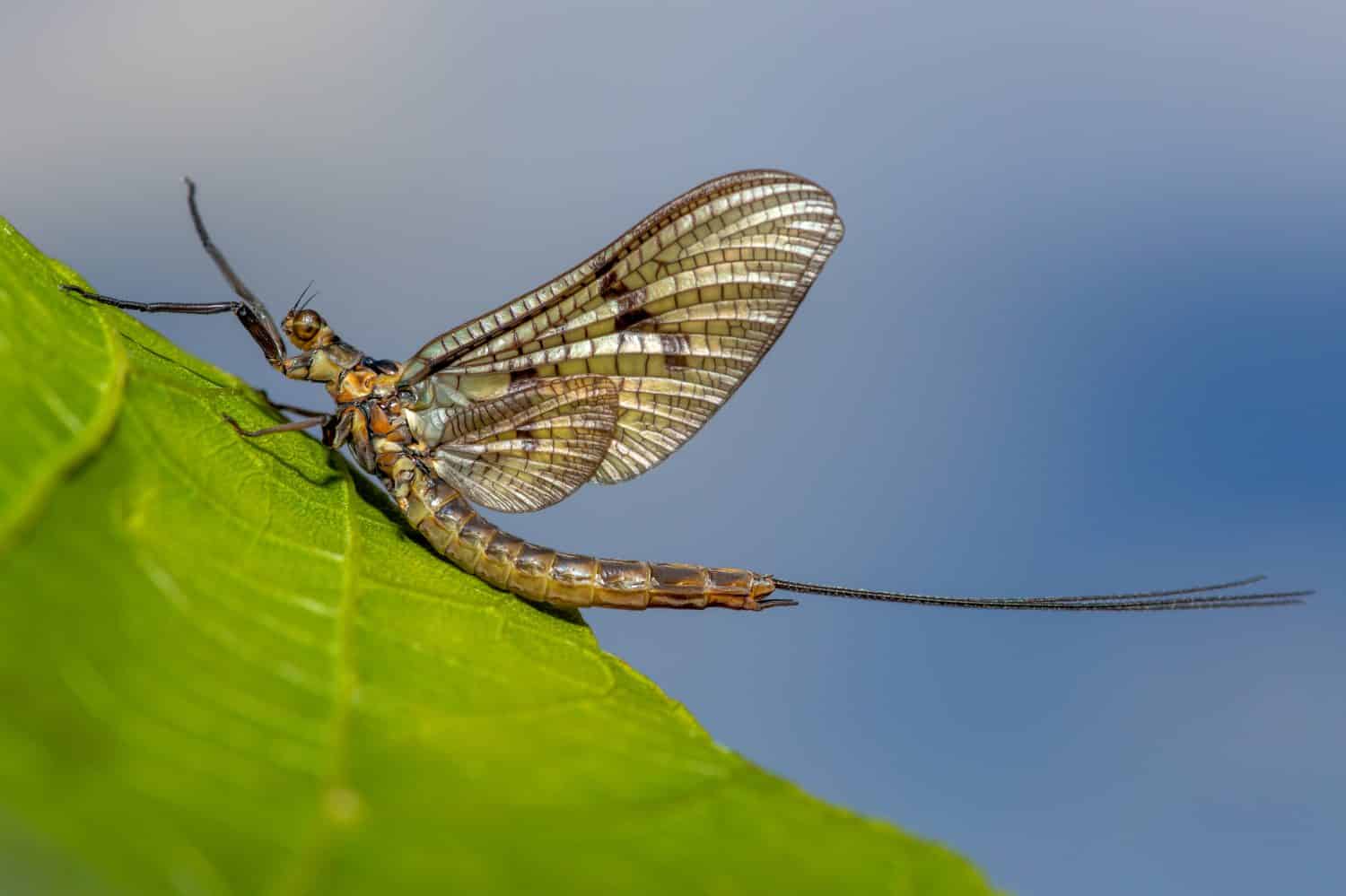
There are more than 3,000 species of mayflies around the globe.
©bt_photo/Shutterstock.com
While some insects are famous for having lives that last years, others only get to live for a very short period of time. Many giant silk moth species emerge from their cocoons without mouths, making them unable to eat. This, in turn, motivates them to seek a mate quickly, however, their lives last a few days. This might seem shockingly short, but after reaching maturity, male Dolania americana mayflies live for just 24 hours. Even more shocking still is the fact that they far outlive their female counterparts, whose adult life will last just five minutes on average.
6. Ants Know How to Air Condition Their Colonies

Leaf-cutter ants cultivate a fungus that serves as their primary food source.
©Ken Griffiths/Shutterstock.com
It might not be the same sort of air conditioning that we humans are accustomed to, but leaf-cutter ants have figured out a clever way to ventilate their colonies. Because their nests are deep underground, excessive carbon dioxide can be dangerous. In a study authored by Florian Halboth and Flavio Roces, it was found that to remedy this, “On top of central nest openings, the ants construct conspicuous turrets that are expected to enhance nest ventilation by elevating the tunnel opening and exposing them to greater wind velocities.”
7. Motherhood Can Be Deadly
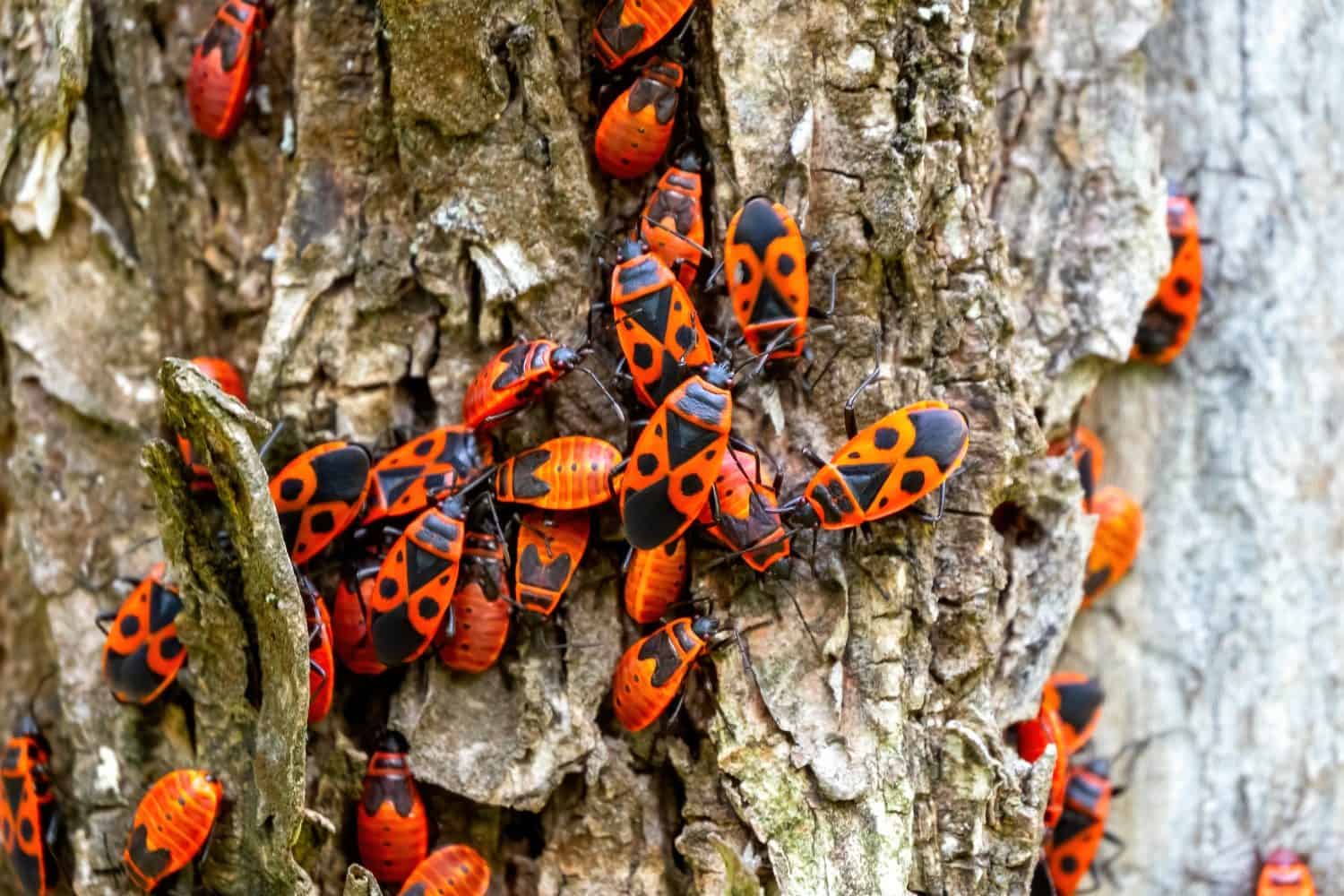
Firebugs are one of the only insects that care for their offspring.
©Olga Maksimava/Shutterstock.com
When people think of deadly insect mating rituals, they might think of male praying mantises sacrificing their lives for their mates, or male water striders nearly killing their females if they refuse them. However, unlike other insects, firebugs are in danger of dying only after their offspring is born. Their children, called nymphs, are incredibly picky eaters. They demand a perfectly ripe, relatively rare fruit that is incredibly difficult to find. Their mother will spend every waking moment of her life after they emerge seeking food out and continue this behavior over and over until she’s exhausted her energy. After this, her nymphs might stick around to make one last meal out of her dead body.
8. Some Insects Have Evolved to Look Like Plants
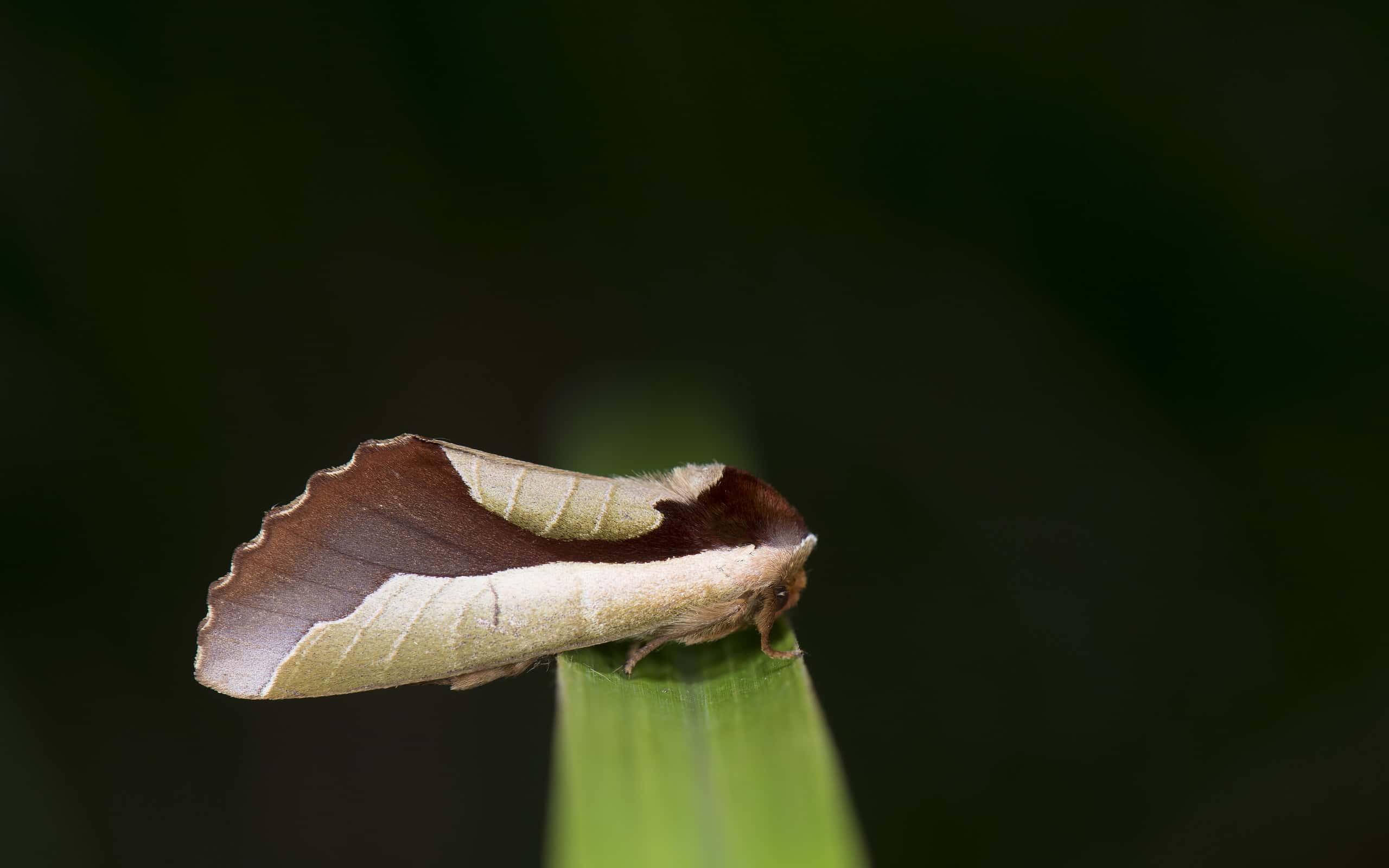
If a well-camouflaged insect remains perfectly still, they are usually able to fool predators.
©LiCheng Shih / CC BY 2.0 - License
All insects have developed some way to escape predators. Some use evasive flight while others use chemical deterrents, but certain insects have evolved to camouflage themselves completely. One of these such cases is Uropyia meticulodina, or the dead leaf moth. Although their wings might look like three-dimensional curled-up leaves, they’re actually flat. This helps them blend into leaf litter, and even professionals report difficulty spotting them in the wild. Other examples of this phenomenon are the orange oakleaf butterfly, the dead leaf grasshopper, and the thorny devil stick insect.
9. Some Insects Impersonate Other Insects

Many monarch butterflies will live to be between two and six weeks old.
©Michael Zurawski/iStock via Getty Images
Now that we’ve discussed insects that disguise themselves as plants, let’s dive into insects that disguise themselves as other insects! Many people know that the monarch butterfly has a major advantage against predators: their toxicity. As caterpillars, these insects eat from milkweed plants which contain poisonous cardiac glycosides. It was long thought that viceroy butterflies adapted a similar appearance in order to evade predation as well, but in recent years, it was discovered that viceroy butterflies are toxic in their own right. According to New Jersey Audobon, “Müllerian mimicry is when two or more species evolve similar appearances when both toxicity and/or foul taste, so that a lesser toll is taken on each species by predators who are still learning to avoid that appearance.”
10. Dung Beetles Are the Weight Lifters of the Insect World
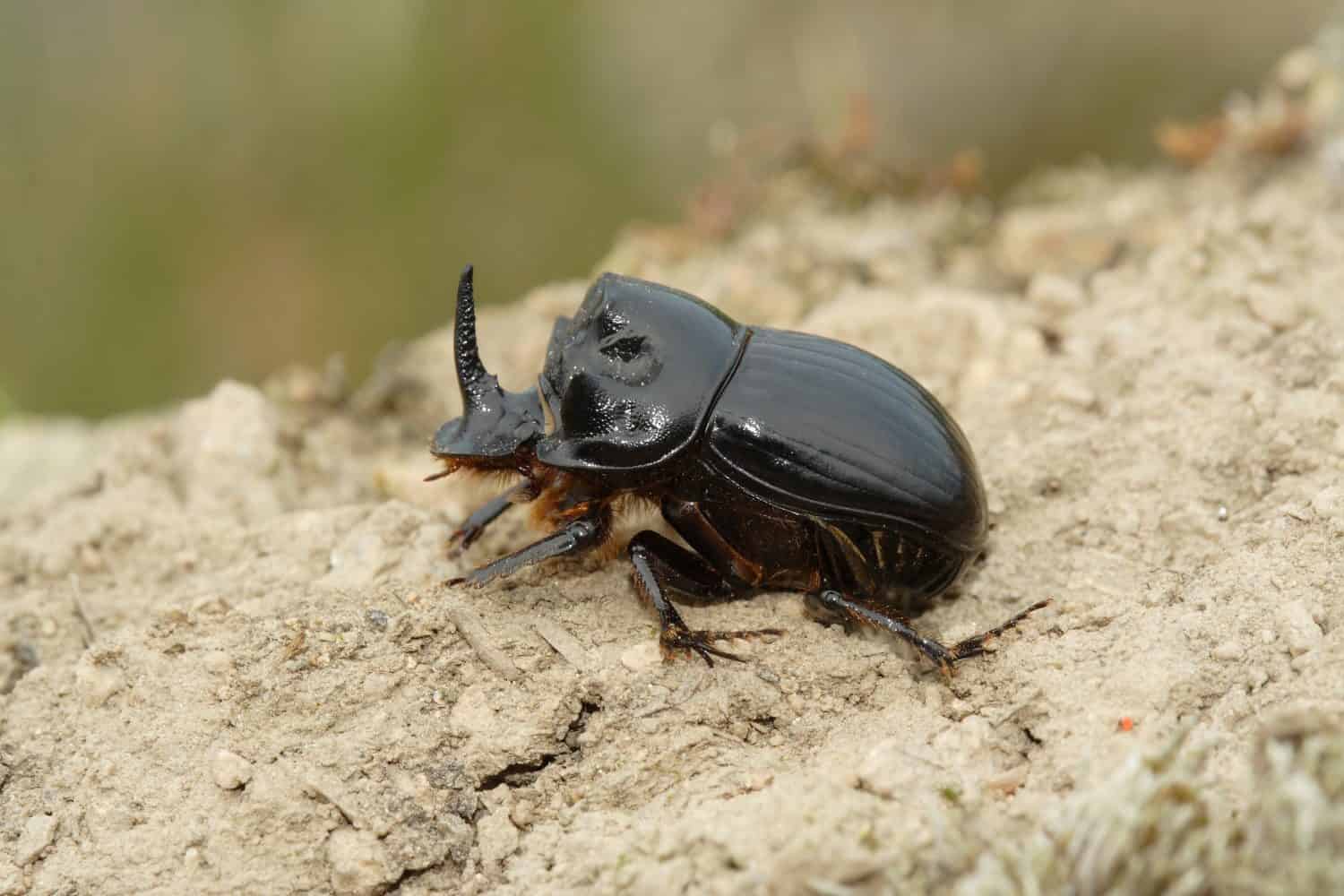
Contrary to what many people believe, dung beetles eat much more than just animal feces.
©Petr Muckstein/Shutterstock.com
When put up against insects like beautiful butterflies, fierce hornets, and cunning praying mantises, dung beetles tend to get overlooked. With such steep competition, it’s easy to see why no one pays them much mind. However, this insect has an absolutely mind-boggling talent. Horned dung beetles have the ability to pull objects over 1000 times their body weight. Accounting for their size, this makes them the strongest insect hands down, but they are also considered the strongest animal on the entire planet. Some researchers believe that they developed this unique ability in order to fight off sexual competitors. It’s safe to say that these insects do much more than roll balls of feces around!
The photo featured at the top of this post is © WildMedia/Shutterstock.com
Thank you for reading! Have some feedback for us? Contact the AZ Animals editorial team.







